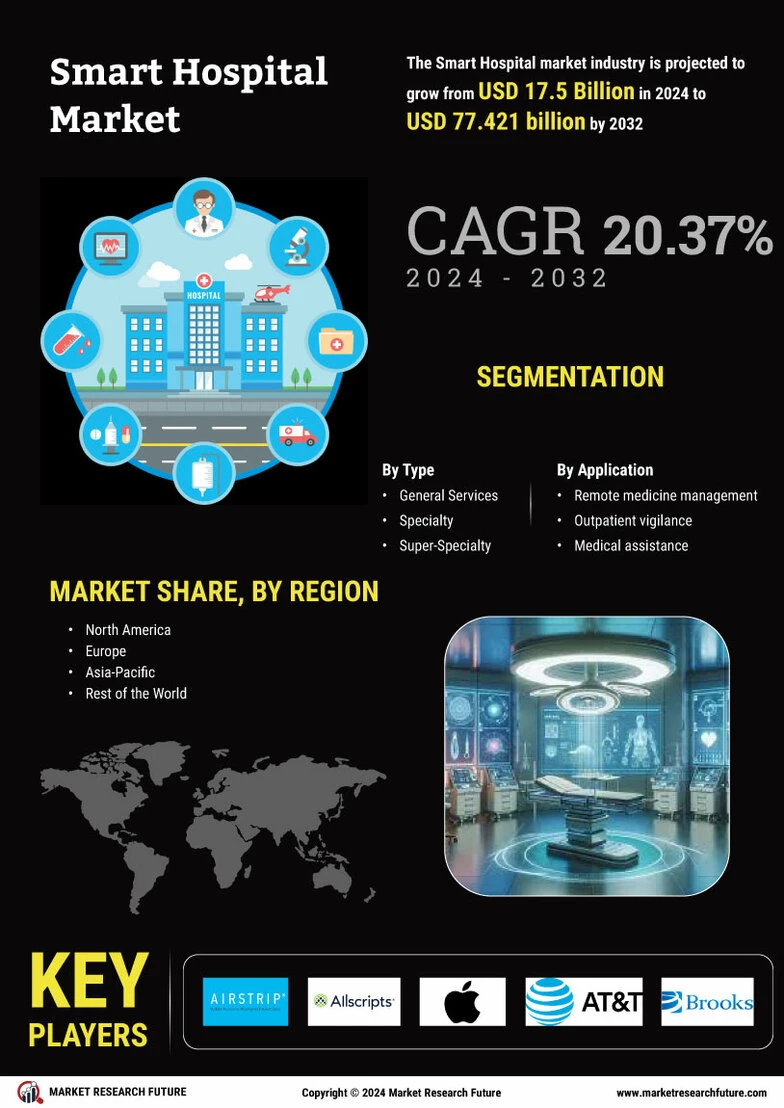Biohacking Market Forecast: Emerging Trends and Opportunities
The global biohacking market is projected to experience remarkable growth over the next decade, driven by technological advancements, rising health consciousness, and the growing demand for personalized wellness solutions. Consumer interest in self-quantification tools, including wearables and genetic testing kits, is increasing the adoption of biohacking practices worldwide. According to the Biohacking Market forecast
, companies are innovating rapidly in the development of supplements, implantable devices, and digital monitoring solutions, enabling users to track their health and optimize performance with precision. The market is also benefiting from collaborations between biotech firms, startups, and research institutions, ensuring the integration of scientific insights into consumer-friendly products.
Get Full Reports:https://www.marketresearchfuture.com/reports/biohacking-market-5155
Biohacking extends beyond physical enhancements to include cognitive, emotional, and sleep optimizations, catering to diverse user needs. Emerging regions such as Asia-Pacific are witnessing increased adoption due to rising disposable income and digital health awareness. North America maintains dominance with strong infrastructure and early adoption trends. Market growth is further fueled by online communities and educational platforms that provide guidance on safe and effective biohacking practices. Strategic investments, technological innovation, and regulatory clarity will play a crucial role in shaping the future trajectory of this market.
FAQs
Q1: What are the common biohacking techniques?
A1: Techniques include intermittent fasting, sleep optimization, nootropics, wearable devices, genetic testing, and implantable devices.
Q2: Which regions show the fastest growth in biohacking adoption?
A2: Asia-Pacific and Europe are emerging as high-growth regions, while North America leads in overall market share.
The global biohacking market is projected to experience remarkable growth over the next decade, driven by technological advancements, rising health consciousness, and the growing demand for personalized wellness solutions. Consumer interest in self-quantification tools, including wearables and genetic testing kits, is increasing the adoption of biohacking practices worldwide. According to the Biohacking Market forecast
, companies are innovating rapidly in the development of supplements, implantable devices, and digital monitoring solutions, enabling users to track their health and optimize performance with precision. The market is also benefiting from collaborations between biotech firms, startups, and research institutions, ensuring the integration of scientific insights into consumer-friendly products.
Get Full Reports:https://www.marketresearchfuture.com/reports/biohacking-market-5155
Biohacking extends beyond physical enhancements to include cognitive, emotional, and sleep optimizations, catering to diverse user needs. Emerging regions such as Asia-Pacific are witnessing increased adoption due to rising disposable income and digital health awareness. North America maintains dominance with strong infrastructure and early adoption trends. Market growth is further fueled by online communities and educational platforms that provide guidance on safe and effective biohacking practices. Strategic investments, technological innovation, and regulatory clarity will play a crucial role in shaping the future trajectory of this market.
FAQs
Q1: What are the common biohacking techniques?
A1: Techniques include intermittent fasting, sleep optimization, nootropics, wearable devices, genetic testing, and implantable devices.
Q2: Which regions show the fastest growth in biohacking adoption?
A2: Asia-Pacific and Europe are emerging as high-growth regions, while North America leads in overall market share.
Biohacking Market Forecast: Emerging Trends and Opportunities
The global biohacking market is projected to experience remarkable growth over the next decade, driven by technological advancements, rising health consciousness, and the growing demand for personalized wellness solutions. Consumer interest in self-quantification tools, including wearables and genetic testing kits, is increasing the adoption of biohacking practices worldwide. According to the Biohacking Market forecast
, companies are innovating rapidly in the development of supplements, implantable devices, and digital monitoring solutions, enabling users to track their health and optimize performance with precision. The market is also benefiting from collaborations between biotech firms, startups, and research institutions, ensuring the integration of scientific insights into consumer-friendly products.
Get Full Reports:https://www.marketresearchfuture.com/reports/biohacking-market-5155
Biohacking extends beyond physical enhancements to include cognitive, emotional, and sleep optimizations, catering to diverse user needs. Emerging regions such as Asia-Pacific are witnessing increased adoption due to rising disposable income and digital health awareness. North America maintains dominance with strong infrastructure and early adoption trends. Market growth is further fueled by online communities and educational platforms that provide guidance on safe and effective biohacking practices. Strategic investments, technological innovation, and regulatory clarity will play a crucial role in shaping the future trajectory of this market.
FAQs
Q1: What are the common biohacking techniques?
A1: Techniques include intermittent fasting, sleep optimization, nootropics, wearable devices, genetic testing, and implantable devices.
Q2: Which regions show the fastest growth in biohacking adoption?
A2: Asia-Pacific and Europe are emerging as high-growth regions, while North America leads in overall market share.
0 Reacties
0 aandelen
129 Views
0 voorbeeld




